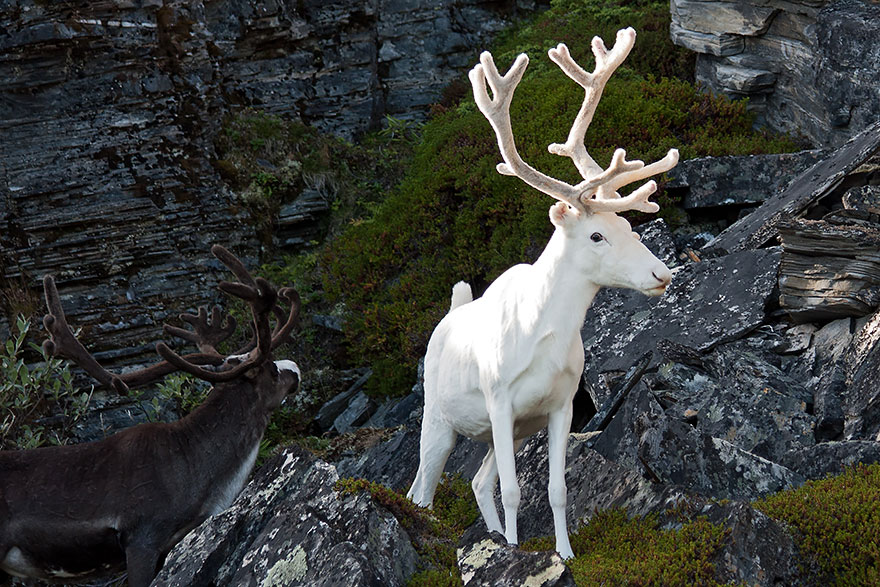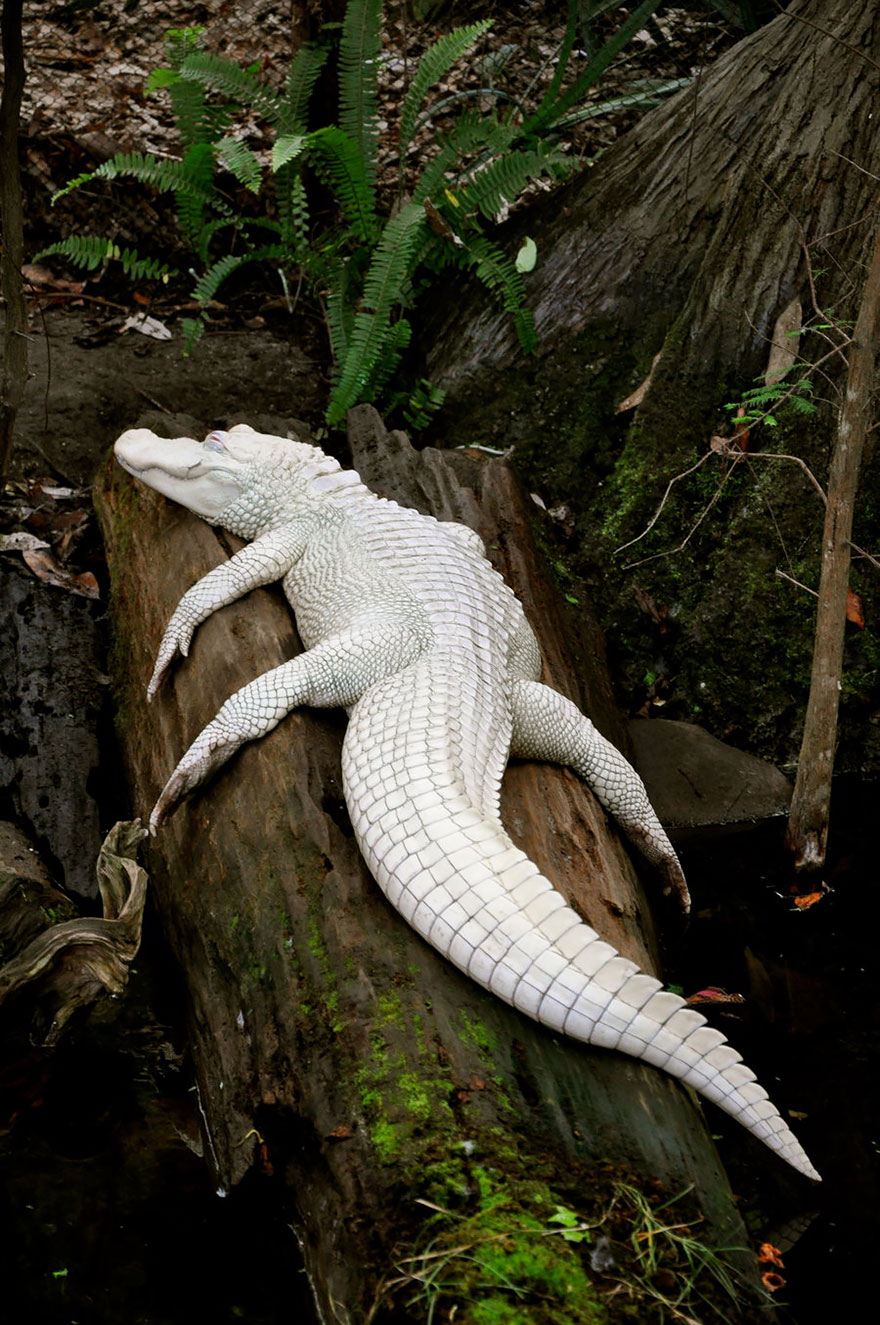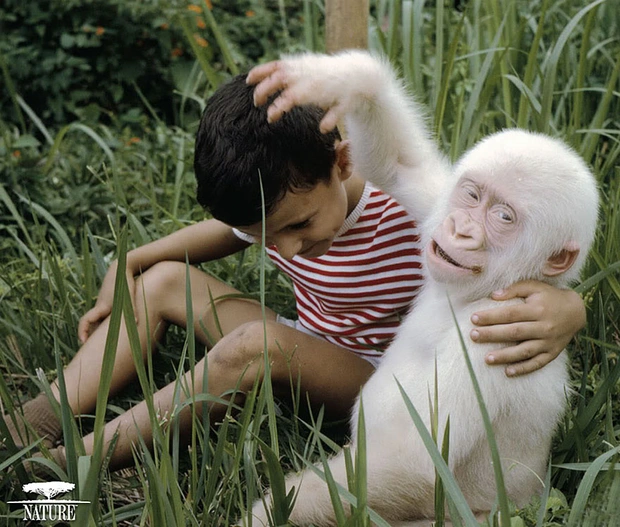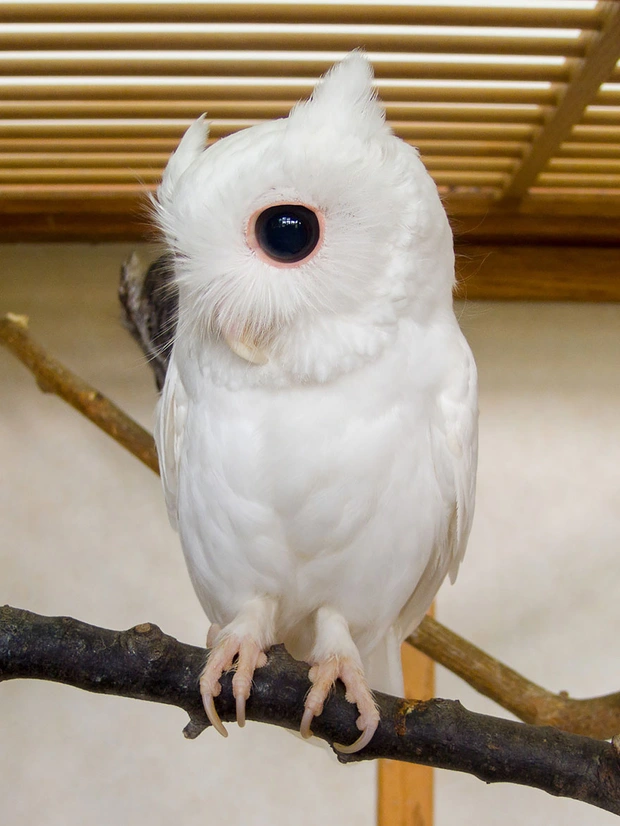The animal kingdom is full of a diverse range of colors, patterns, and textures. From the vivid hues of a peacock’s feathers to the striking stripes of a zebra’s coat, the animal kingdom is a visual feast for the eyes. However, seeing a purely white animal can be a captivating but unsettling experience.

Albinism is a genetic pigmentation disorder that affects a variety of animals, from mammals to birds to reptiles. Animals born with albinism lack the ability to produce melanin, the pigment that gives color to the skin, hair, and eyes. This results in animals being born with white or pink skin and fur, and some may have reddish or violet eyes.
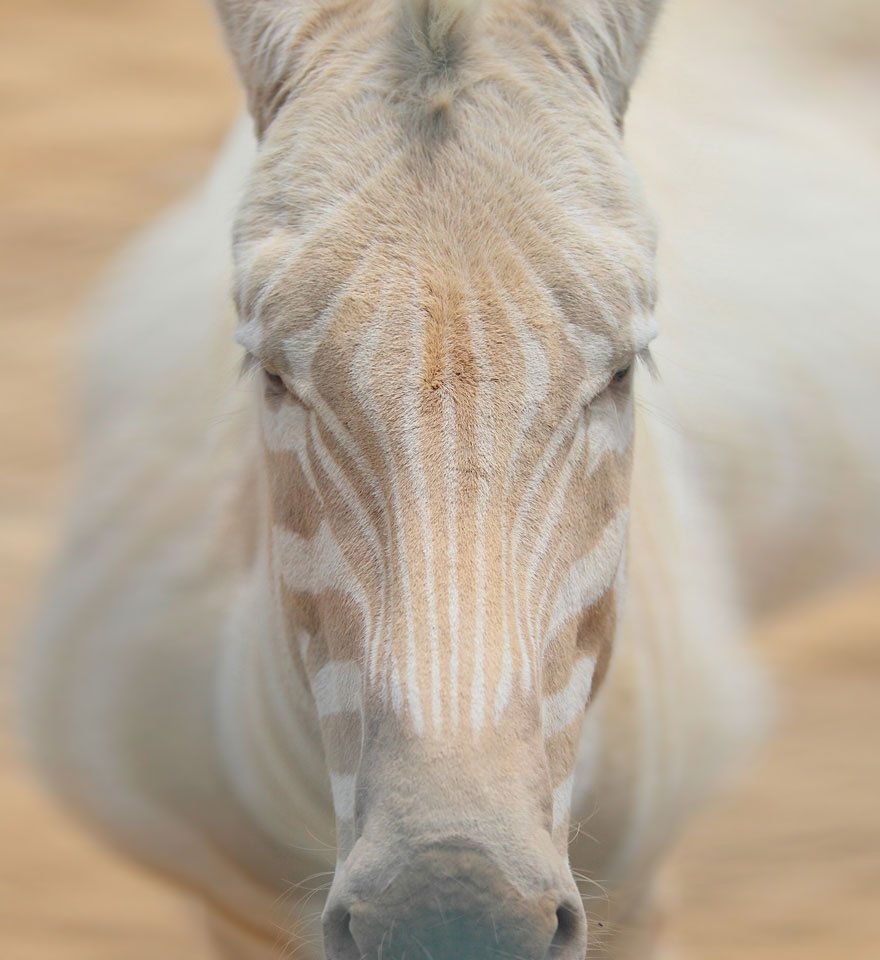
Despite their unique appearance, albino animals are no different from their peers in terms of behavior, intelligence, or socialization. However, albinism is often associated with poor eyesight and a higher susceptibility to skin cancers, making life challenging for these creatures.

Leucism is another condition that affects animal pigmentation, but it differs from albinism in that it affects a wider range of pigments. Leucistic animals have reduced pigmentation, causing them to have a pale or white appearance, but they do not lack melanin entirely.

White animals, whether they are albino or leucistic, have fascinated humans for centuries. In some cultures, they are seen as a sign of good luck or divine intervention, while in others, they are viewed as symbols of death or misfortune. Whatever their cultural significance, white animals remain a fascinating and beautiful sight to behold.
